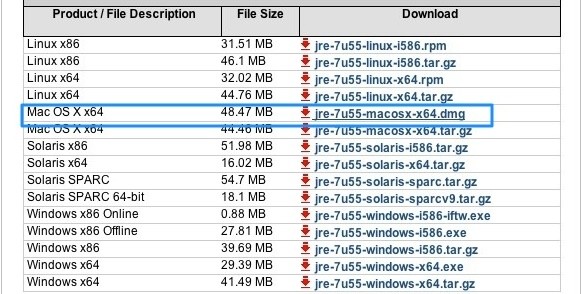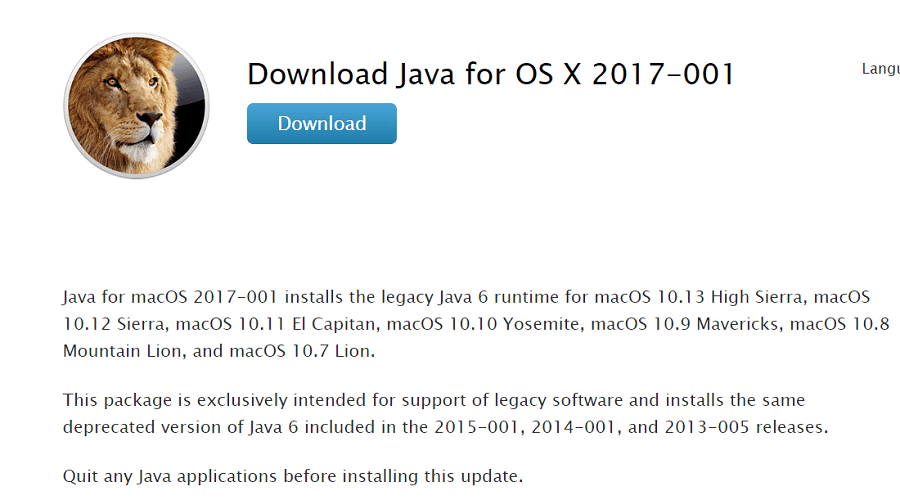

The source code of the Java Platform, Standard Edition 11 Reference Implementations binaries is available under the GPLv2 in a single zip file. Library/Java/JavaVirtualMachines/adoptopenjdk-11.jdk/Contents/Home Anyway, open a new terminal and verify: echo $JAVA_HOME In previous macOS versions, this was done in ~/.bash_profile. In ~/.zshrc, I set the variable like so: export JAVA_HOME=$(/usr/libexec/java_home) Here is a trick that allows me to keep the environment variable current, even after a Java Update was installed. JAVA_HOME is an important environment variable and it’s important to get it right. OpenJDK 64-Bit Server VM AdoptOpenJDK (build 11.0.9+11, mixed mode) OpenJDK Runtime Environment AdoptOpenJDK (build 11.0.9+11) … hopefully showing something like this: openjdk 11.0.9

After opening a terminal, the successful installation of the JDK can be confirmed like so: java -version Select macOS and 圆4 and download the JDK (about 190 MB), which will put the OpenJDK11U-jdk_圆4_mac_hotspot_11.0.9_11.pkg file into your ~/Downloads folderĬlicking on the pkg file will install into this location: /Library/Java/JavaVirtualMachines/adoptopenjdk-11.jdkĪlmost done. However, the easiest way is to select OpenJDK 11 (LTS), the HotSpot JVM, and macOS 圆4 is to get the latest release here:

#JAVA 7 DOWNLOAD FOR MAC HOW TO#
Easy to follow details about how to install OpenJDK are available here. As I’m writing this, Java 11.0.9 is the latest LTS (Long Term Support) version and AdoptOpenJDK is one of the best places to find Prebuilt OpenJDK Binaries. Since OS X 10.7 Java is not (pre-)installed anymore, let’s fix that.


 0 kommentar(er)
0 kommentar(er)
